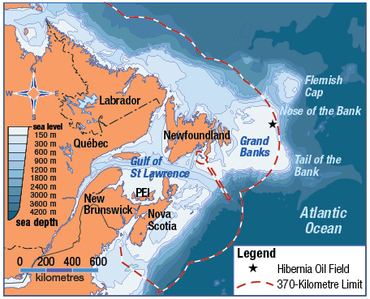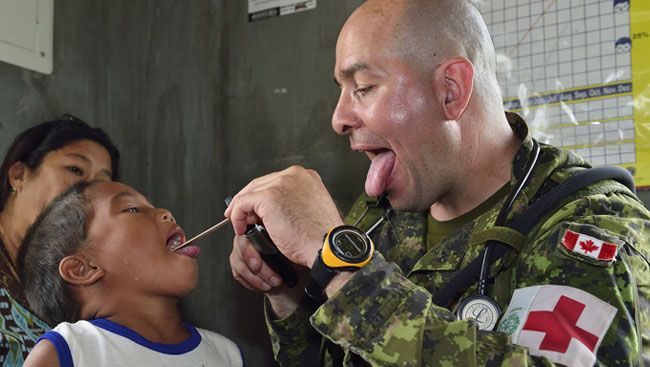U3L2 Foreign Policy and Internationalism
Lesson
![]() RESOURCES
RESOURCES
Read and refer to Chapter Ten as your resource for completing this lesson's assignment.
How do Countries Set Foreign Policy?
How do Countries set Foreign Policy? PDF
![]() LESSON
LESSON
People living in communities elect leaders, set goals, make and obey laws, settle disputes, and find ways to live together in peace.
Nations make decisions about how they will live in the world with other countries. These decisions may include whether they will enter into bilateral or multilateral agreements and treaties, as well as how they will try to settle disputes with other countries.
How countries decide to deal with other countries is a part of a country’s foreign policy. Although politicians, diplomats, and experts in foreign relations may set and handle foreign policy, their decisions touch people’s everyday lives.
In your everyday life you will find evidence of Canada’s foreign policy in action.
Some examples are….
- Much of the food you eat come from outside the country
- Many of your clothes, shoes, and other possessions are made outside Canada.
- Several of the television shows you watch and much of the music you listen to is not Canadian-made.
- Your family income may rely on working for a company whose headquarters are in another country or whose profits rely on international sales.
- If you vacation outside Canada, the rules you must follow to gain entry to the country you have chosen are a result of foreign policy decisions.
In this lesson we will explore how countries set foreign policy, how they promote internationalism through foreign policy, and more specifically, how Canada's foreign policy tries to balance nationalism and internationalism.
Peacekeeping and Internationalism
After WW2, the Security Council (subgroup of UN) was created to help maintain international peace and security. The Security Council had the authority to investigate potential crises and respond by negotiating solutions, imposing sanctions or even asking members to launch military action.
The Security Council's main objective is peacekeeping and authorizes all UN peacekeeping missions. The UN peacekeeping process involves numerous countries to incorporate an internationalist effort to bring peace to volatile parts of the world. (Since 1956, more than 125,000 Canadians have taken part in about 50 peacekeeping missions.
Peacekeepers - sent to conflict zones to maintain peace and support humanitarian efforts after ceasefire is established. (may only use force in self defense)
Principle of Peacekeeping
Most peacekeeping missions are successful, but sometimes problems emerge and warring sides start fighting again. The Rwandan Genocide of 1994 is an example of this.
UN Peacekeeping Brochure
For more detail, click on the following link - The Rwandan Genocide explained
Peacekeeping in Rwanda

International Law and Agreements
To avoid conflicting foreign affairs policies between countries, a large body of international law and agreements has been developed. The UN's International Court of Justice (World Court) interprets and settles these disputes peacefully. Some countries, such as the US refuse to recognize this court.

UN Convention of the Law of the Seas sets out the rules for the high seas
All waters within 22 km of a country's coastline are part onf that country's territory
Countries have sole right to fishing, mining, and environment in an area up to 370 km from their coast
Foreign Aid and Internationalism
Countries also promote internationalism by delivering foreign aid for humanitarian purposes such as food, clothing, building supplies, etc. In 1969, former Canadian PM Lester B. Pearson recommended that countries spend 0.7% of their Gross National Income. At the time, UN members committed to this goal. However, in 2006, Canada gave only 0.33% of its GNI as foreign aid - about half the targeted amount.
 |
UN Chief Urges G7 to Boost Foreign Aid |